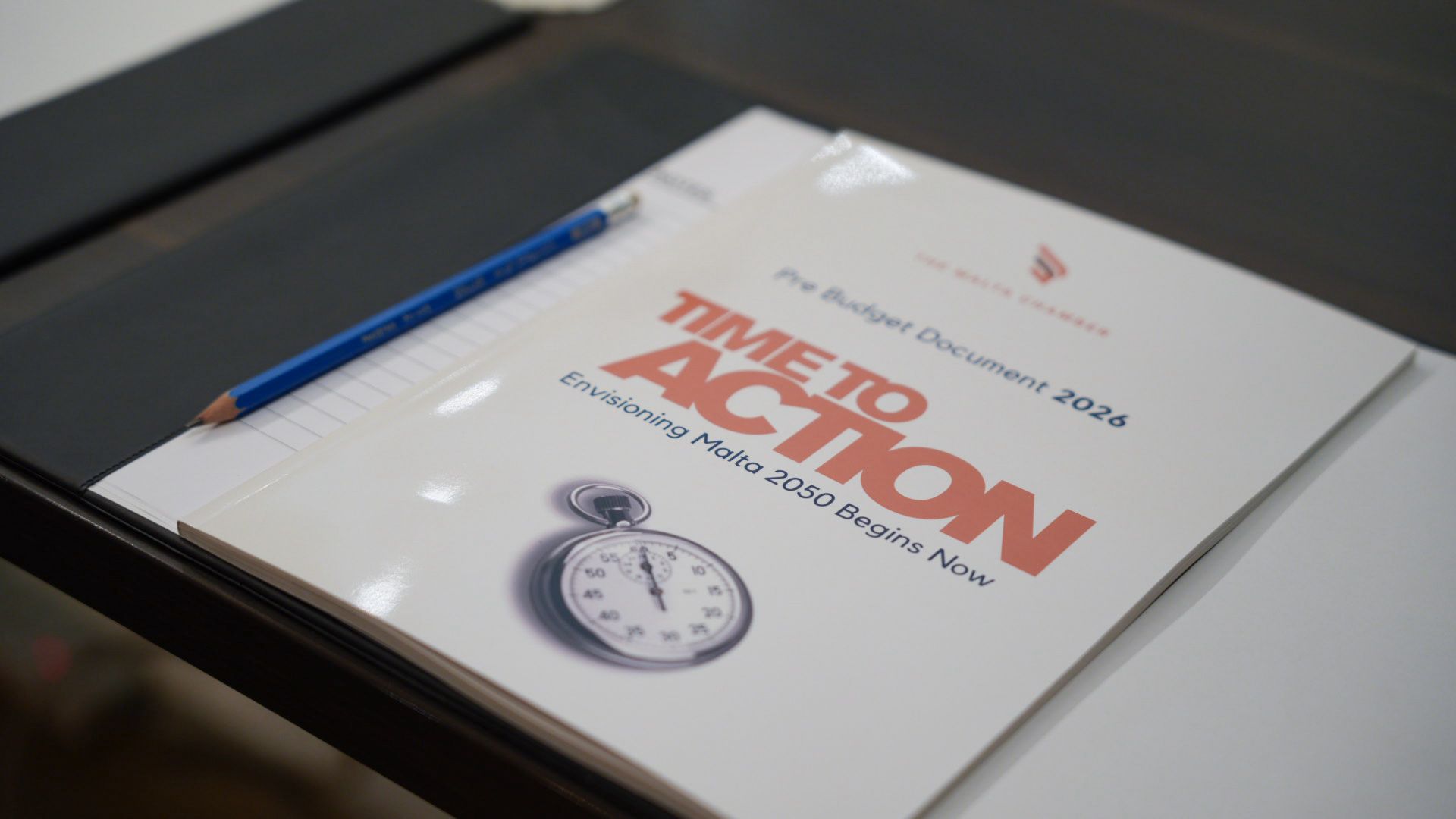Uncertainty among businesses is on the rise in Malta driven by an increase in the industry and services sector finding it more difficult to predict their future business situation.
This information was provided through the Central Bank of Malta’s (CBM) July Economic Update.
In June 2023, the European Commission’s Uncertainty Indicator rose to 11 points, up from -3.2 in May. The change was largely driven firms in the industry and services sector finding it difficult to predict their future business situation. Consumers and firms in the construction sector also registered an increase in uncertainty.
Only the retail sector witnessed a drop in uncertainty.
The EU Commission’s economic sentiment indicator also registered a marginal drop in June, driven by a decrease in almost all sectors bar the services sector.
Economic sentiment fell to 100.8 from 103.8 in May, remaining above its long-term average of around 100 estimated since November 2002 and well above the euro area average of 95.3.
The strongest drop in sentiment was registered in the construction sector, however, it remained positive. According to the report, the change reflected a sharp decline in employee expectations.
Confidence in the industry sector remained negative and decreased further to -20.0 from -11.4 in the previous month. This was largely due to negative production expectations for the months ahead and a larger share of firms assessing their stocks of finished products being above normal.

Confidence in the retail sector also fell further to -16.7 from -9.1 in May, largely driven by a strong deterioration in retailers’ expectations of business activity over the next three months, and to a smaller extent, by their assessment of sales in recent months.
Conversely, confidence in the services sector remained strong and rose further to 39.7 in June, an increase from 37.5 recorded in the previous month and well above its long-term average of 19.7.
The increase was driven by firms’ expectations of demand over the next three months.
Meanwhile the CBM’s business conditions index (BCI) indicated that in June, annual growth in business activity increased marginally, standing above it’s long-term average, estimated since January 2000.

Tourist arrivals and industrial production experienced strong year-on-year growth leading to an above average BCI level.
Yet, industrial production grew at a slower paced in May compared to the previous month, while retail trade grew at a marginally faster pace.
Annual growth for industrial production – which is the measure of economic activity in the quarrying, manufacturing, and energy sectors, stood at 12.3 per cent in May.
The most significant increases were recorded among firms involved in the production and reproduction of recorded media and basic pharmaceutical products. Other strong increases in output were registered among firms that manufacture computers, electronic and optical products, apparel, and certain non-metallic minerals.
The CBM noted that annual inflation based on the Harmonised Index of Consumer Prices (HICP) stood at 6.2 per cent in June, down from 6.3 per cent in the previous month. On the other hand, inflation based on the Retail Price Index (RPI) edged down to 5.4 per cent, from 5.7 per cent in May.
Furthermore, the unemployment rate returned to the historic low of 2.8 per cent in May, a drop from 2.9 per cent in the previous month and down from 3.1 per cent year-on-year.
Maltese residents’ deposits expanded at an annual rate of 0.9 per cent in May, following an increase of 1.4 per cent in the previous month, while annual growth in credit to Maltese residents moderated to 3.7 per cent, from 4.2 per cent a month earlier.
In May, the Consolidated Fund recorded a higher surplus compared to a year earlier, as Government revenue rose, while timing-related factors contributed to a drop in expenditure. On the capital market, the secondary market yield on ten-year Maltese Government bonds increased to 3.76 per cent at the end of June, up from 3.58 per cent recorded a month earlier. It also stood 109 basis points above its year-ago level. This reflects the transmission of increases in European Central Bank policy rates to Government bond yields.

Meanwhile, the Malta Stock Exchange (MSE) Equity Price Index edged up slightly when compared with end-May, rising by 0.1 per cent. Similar movements were recorded in the MSE Total Return Index, which accounts for dividends as well as changes in equity prices.
Making corporate Christmas events count: Expert tips from Corinthia Caterers
As Malta’s businesses gear up for the festive season, Corinthia Caterers is redefining corporate Christmas events into curated experiences
Malta Chamber proposes tax relief for compliant companies in Pre-Budget 2026
The Chamber is proposing a smarter tax collection framework
MDA files judicial protests against affordable housing scheme
The Foundation for Affordable Housing’s plan will offer apartments 30% below market value on public land provided for free






